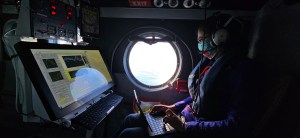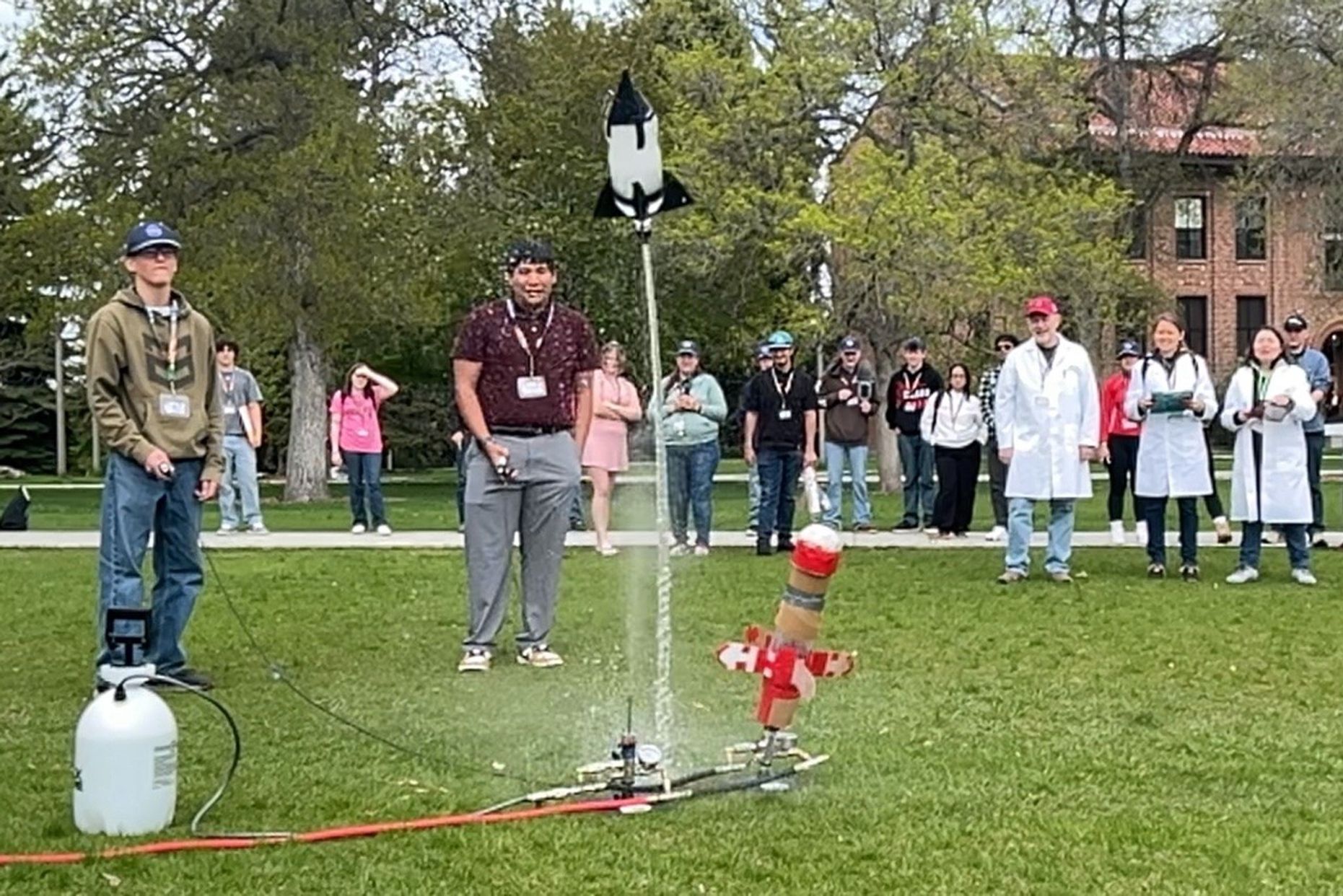GLOBE Observer Mosquito Habitat Photo Challenge
Between July 25 and August 25, the NESEC-led GLOBE Observer team held the Mosquito Habitat Photo Challenge, which asked volunteers to collect concurrent observations of mosquito habitats and land cover to generate data, specifically photos, to support newly funded work in artificial intelligence/machine learning. The challenge resulted in an increased rate of data collection and brought in new users, which should increase data volume going forward. 1,825 observations were submitted from 31 countries with the most observations coming from Thailand (62%), the United States (27%), and India (3%). These observations included more than 6,200 photographs, including 489 photographs of mosquito larvae, more than 1,300 water habitats and 4,500 photographs of land cover around potential mosquito habitats.
Communication efforts for the challenge reached 2.5 million people. Highlights include a Reddit AMA (https://www.reddit.com/r/Futurology/comments/oq6mlh/we_are_scientists_leading_and_working_with_nasa/)(reached 64.2k), NASA Instagram/Facebook story (1.4 million), an Instagram Reel on NASA Earth Instagram (141.6k), two videos on NASA Earth Facebook also shared on NASA Earth Twitter (236.6k), a Twitter thread on NASA Earth (54.5k), and a NASA Earth Facebook post for World Mosquito Day (141.7k). These communication events contributed to 1,895 new people joining GLOBE.
Given the complexity of the data collection request, we created seven new support products and a new email initiative. New products included an activity tracker (in English, Spanish, and Chinese) with activities that encourage learning about the science or skills required for data collection (575 downloads), a handout showing how to photograph mosquito larvae (495 downloads), a data dashboard dynamically showing data submitted during the challenge (12,541 views), a guide showing how to take concurrent land cover and mosquito habitat observations (120 downloads), a badge (42 downloads), a participation certificate (110 downloads), and a certificate for those who submitted data (66 downloads). All products were hosted on the Mosquito Habitat Photo Challenge page on the GLOBE Observer website: https://observer.globe.gov/mosquito-challenge. As part of the new email initiative with the goal of supporting users, we also sent weekly email updates to participants.
During this challenge, the team made a concerted effort to engage partners who could support volunteers in their communities. NESEC distributed clip-on cell phone microscopes to 15 partner organizations to support their participation in the challenge and in GLOBE in the future. Many of these partners held events or other activities to support volunteers. The Los Angeles Public Library translated the challenge activity tracker into Spanish and Chinese to better engage their communities and held a public webinar. Australia’s National Science Agency (CSIRO), Alabama Water Watch, the Earth Science Information Partners (ESIP), the Midwest Center for Vector-Borne Disease and NASA’s Science Activation Program all hosted webinars about the challenge. The San Gabriel Valley Mosquito and Vector Control District held an Instagram Live event with Autumn Burdick, GLOBE Observer communications lead. The Smoky Mountain STEM Collaborative included the challenge as part of an event called GLOBE in the Park. La Salle Public Library in Illinois recruited and trained a small number of very active volunteers, and the NASA STEM Enhancement in Earth Science (SEES) interns were among the top data contributors. NESEC will continue to cultivate these partnerships to enable ongoing community-based implementation of GLOBE with GLOBE Observer.
"Thank you very much for your certificate. It will motivate me more. During the observations four of my students collected water samples and observed the mosquitoes. It will encourage them in further observations. Thank you." -D. Aravindaraja (a teacher from Puducherry, India) to the GLOBE Observer team
“Thank you so much, Rusty and Theresa, for this super informative and fun webinar! I am so glad you had fun presenting. I can totally tell the audience really enjoyed the program! I have also learned more information about mosquitoes in L.A.!” -Vivienne Byrd (Los Angeles Public Library) to Dr. Rusty Low (GLOBE Mosquito Habitat Mapper Science Lead) and Theresa Schwerin (NESEC PI, IGES).
https://observer.globe.gov/do-globe-observer/challenges/mosquito-habitat-photo-challenge































